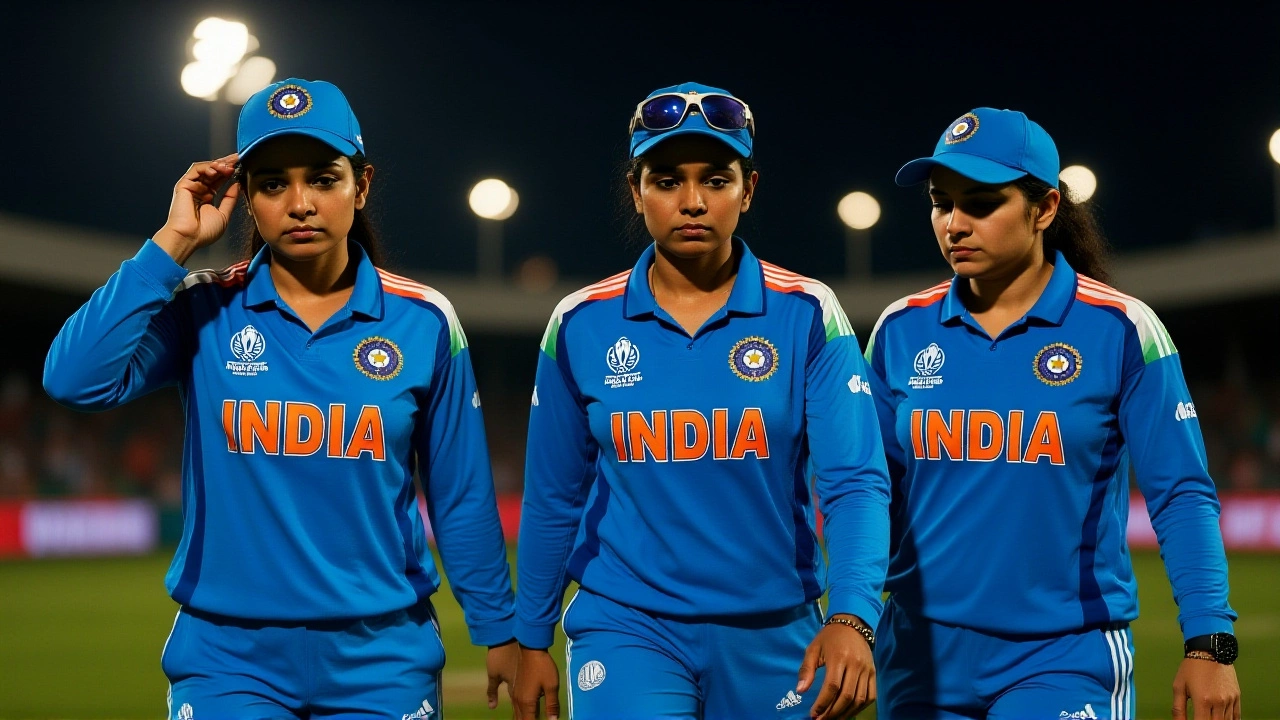Australia Women
When you hear the term Australia Women, it refers to women who are citizens or residents of Australia, spanning athletes, professionals, immigrants and everyday heroes, also known as Aussie women. Their lives intersect with sport, work, culture and the ongoing push for gender equality, creating a rich tapestry of stories that readers love to follow.
Sporting excellence that defines a nation
One of the most visible facets of Australian women in sport, their achievements on the field, court and track have set global benchmarks. From the cricket pitch where the Australian women's cricket team, known as the Southern Stars, dominates international tournaments to the gold‑medal runs in swimming and athletics, these athletes showcase strength, strategy and national pride. Their success fuels broader conversations about funding, media coverage and the role of women in traditionally male‑dominated arenas.
Beyond cricket, Australian women excel in rugby, netball and soccer, each sport adding a layer to the national identity. The rise of the Women's Big Bash League, for example, demonstrates how a professional league can attract sponsors, grow fan bases and inspire the next generation of girls dreaming of a sports career.
These triumphs don’t happen in isolation. They are closely tied to gender equality initiatives, government policies and private sector programs that aim to level the playing field for women. When parity measures succeed, you see more women in leadership roles within sports federations, more equal prize money and a louder voice for athletes advocating social change.
Understanding the link between sport and social progress helps readers see why a story about an Australian woman cricketer isn’t just a match report—it’s a snapshot of cultural shift, a benchmark for future policy and a source of national pride.
Immigration: new beginnings, familiar challenges
Another important thread in the fabric of Australian women immigrants, those who move to Australia for work, study or family, often navigate a unique blend of opportunity and adjustment. Their experiences illustrate how Australia’s multicultural framework shapes daily life, from workplace dynamics to community participation.
Many Indian women, for instance, find themselves balancing high‑pressure careers in technology with the desire to maintain cultural traditions. Stories of these women highlight the support networks that form in neighborhoods, educational institutions and local businesses, showing how immigrant communities contribute to the broader Australian mosaic.
Immigration also intersects with gender equality. Policies that promote family reunification, recognize overseas qualifications and enforce anti‑discrimination laws directly affect how quickly and comfortably Australian women immigrants can integrate and thrive.
These narratives are powerful because they reveal the human side of statistics—how a visa decision can change a family’s future, how language classes become a bridge to confidence, and how community events turn strangers into supporters.
Workplace and leadership: breaking glass ceilings
In corporate boardrooms and start‑up hubs, Australian women leaders, are reshaping business culture, driving innovation and championing inclusive policies. Their rise is documented through profiles of CEOs, tech founders and public servants who challenge traditional hierarchies.
Take the example of a female chief executive in a renewable‑energy firm who pushes for greener policies while mentoring junior staff. Her story connects the dots between environmental stewardship, gender representation and economic growth, illustrating how progress in one area can ripple across others.
Media coverage of such leaders often emphasizes mentorship, flexible work arrangements and the importance of visible role models. These factors help close the gender gap in high‑earning sectors and inspire younger readers to envision themselves in similar roles.
When readers see real‑world examples of Australian women shaping policy, tech, finance and arts, they gain concrete proof that gender equality is not an abstract goal but a lived reality with measurable outcomes.
Health, education and everyday life
Beyond headline achievements, the day‑to‑day health and education experiences of Australian women deserve attention. Public health campaigns targeting breast cancer awareness, mental‑health resources for mothers and seniors, and university scholarships for women in STEM all play a part in the broader narrative.
Education initiatives, such as programs that encourage girls to pursue engineering, directly feed the talent pipeline for future industries. These efforts are often linked to government funding and community partnerships, reinforcing the idea that societal investment yields long‑term benefits.
By covering topics from grassroots sports clubs to university labs, the collection of articles under the Australia Women tag paints a holistic picture of how women contribute to and benefit from the nation’s resources.
Readers looking for practical advice on health checks, scholarship applications or community involvement will find relevant, actionable insights alongside inspiring success stories.
All these angles—sport, immigration, leadership, health and education—interlock to form a comprehensive view of what it means to be an Australian woman today. Below, you’ll discover a curated set of stories that dive deeper into each of these themes, offering fresh perspectives, data‑backed analysis and real‑world examples you can learn from.
Australia Tops ICC Women's Cricket World Cup 2025 as Top Four Secure Semi‑Final Spots
Australia leads the ICC Women's Cricket World Cup 2025 with 11 points, securing a semi‑final spot alongside South Africa, England and India as the tournament boasts a record $13.88 million prize pool.
